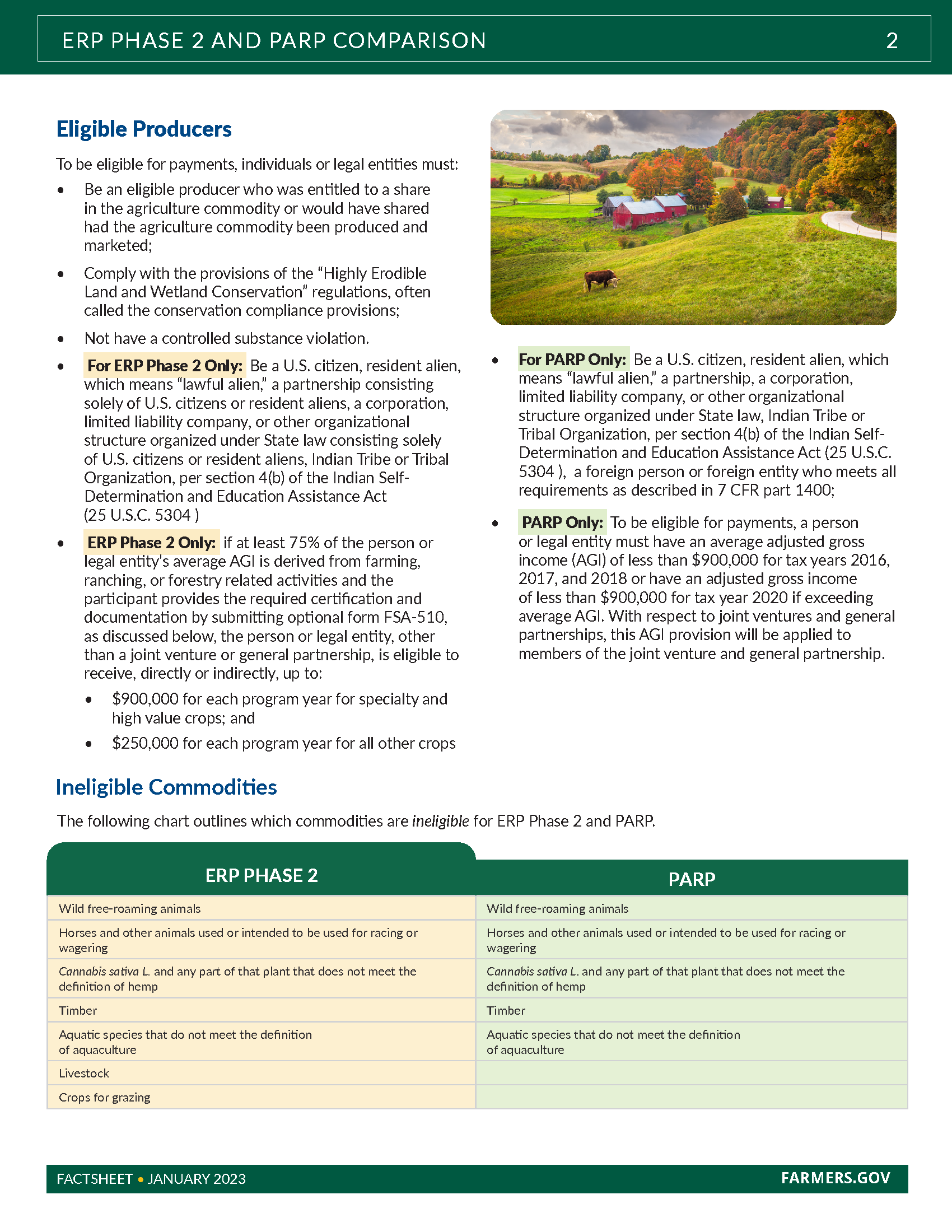Estill County Farm Scoop
April 2023 Edition
Agriculture & Natural ResourcesView Newsletter
Share this Newsletter
Additional Newsletters
Preview This Newsletter
Estill County Farm Scoop
Agriculture & Natural Resources April 2023
Happy spring everyone! I would like to thank everyone in the community who has supported me and attended the programs that have been offered this past month.
The beginner vegetable gardening class had a great turn out and I was excited to see everyone who is planning on having a garden this year, some even starting one for the first time ever. I hope to provide more gardening classes that were suggested by some of the attendees so that everyone has the tools they need to succeed.
This month there will be more classes available for everyone to attend. Some of these classes include growing mushrooms, growing and cooking with herbs, and growing strawberries! For more information on these classes or to sign up, please call the Estill County Extension Office at (606) 723-4557. I look forward to seeing you all there.
As a reminder, we do offer free soil testing (garden spots, hay fields, lawns, compost). This is a very busy time of year at the soil lab so its taking a little longer to get results back. We need at least a pint of soil from the area you are having tested, and will ask you a few general questions (drainage, sun exposure, reseeding, etc.).
As always, feel free to contact me with any questions that may arise as we get ready for the gardening season.
Emma Lee
County Extension Agent for Agriculture & Natural Resources
emma.lee@uky.edu

The grass is turning green. Soon it will be time to start mowing, if you have not already started. As you rev up your mower’s engine for the first time this spring, here are some reminders to keep you and your family safe.
While mowing your grass may seem like a harmless task, it has its own set of hazards. A 2018 study conducted by John Hopkins researchers analyzed emergency room visits due to lawn mowers accidents from the past eight years. They found that 6,394 Americans are injured in lawn mower accidents each year. Lacerations are the most common injuries followed by fractures and amputations. People most often injure their hands and wrists compared to their toes and feet.
Never allow extra passengers on a riding lawn mower. It is a good idea to have children and pets in the house while you are mowing.
Understand your mower and its safety features. Do not start an unfamiliar mower without first familiarizing yourself with it by reading the owner’s manual or having someone show you how to operate it. Most push mowers have a clutch handle that will quickly shut off the engine and the blade when you take your hands off it. Most riding lawn mowers are equipped with a kill switch located under the seat. This turns off the blade and the mower’s engine when the rider leaves the seat. Riding mowers will not start unless the operator disengages the blade first. Large mowers will have rollover protection structures to prevent rollovers. If your mower has a seat belt, wear it. All of these are important safety features that you should not disable.
Before mowing, make sure your yard is clear of branches or rocks that could become dangerous projectiles if hit by a mower.
Wear the proper clothing including closed-toe, non-skid shoes, long-sleeve shirts and snug pants without strings that could get caught in the mower, eye and ear protection and a hat to protect your head from the sun. If you have long hair, put it in a ponytail.
Do not mow in reverse, as you may not be able to see obstacles behind you.
More information is available at Estill County office of the University of Kentucky Cooperative Extension Service.
Source: Joshua Jackson, assistant extension professor, Biosystems and Agricultural Engineering
Horticulture Webinar Wednesday April Class Schedule
Classes are Wednesdays 12:30 p.m. ET/11:30 a.m. CT
APRIL 5 - Say WHAT? Seed packet terminology
APRIL 12 - Tulips
APRIL 19 - Early Season Apple Care
APRIL 26 - To be determined
Register by visiting: https://tinyurl.com/23AprHww
Corn planting tips
Source: Chad Lee, director of the UK Grain and Forage Center of Excellence
Corn planting season is upon us. Traditional planting dates are April 1 through May 1 in Western Kentucky and April 15 to May 15 in Central and Eastern Kentucky. Proper planting is important to minimize risks to the crop later in the growing season. Here are some tips and important considerations as you ready your planters.
First, you should note that the previous six growing seasons have been among the wettest of the past 30 years. So far, it has been considerably wet again this year across much of the state. Current weather conditions and a comparison of previous growing seasons could change the way you approach this planting season.
Usually, we determine seeding rates based on how likely it is that the soil will have adequate moisture when pollination and seed fill occurs. UK research has shown that when our corn crop has adequate water, higher populations increase yields. Irrigated fields can handle much higher populations, up to 42,000 seeds per acre in 30-inch rows. When the crop lacks water, higher populations hurt yields. Your soil depth should also factor into your seeding rate. Deep soils can handle higher populations of 32,000 to 36,000 seeds per acre. You should use lower seeding rates on shallower soils. If you plant on heavily eroded hillsides, your rate should be less than 26,000 seeds per acre.
Corn should be planted at a uniform depth, typically between 1.5 to 2 inches deep. Uniform planting depth allows for even emergence. Shallow planted corn runs a higher risk for late-season lodging, developing a potassium deficiency and slower development. To that end, make sure your planter’s row closers are fully operational, because if they are not, you could be inadvertently planting shallower than you intended.
In Kentucky in 2019, earlier planted corn did better than corn that was planted late. This was due to the weather turning dry in July and August. Corn that was already into seed fill during the dry period suffered very little from the weather. Ideally, we say wait for dry weather and the proper temperature to plant corn, but we also realize that we would have planted very little corn in 2019 had we waited for ideal weather conditions. Realize if you are planting into wet soils or “mudding in” corn, it increases your risk for sidewall compaction. Compaction restricts root growth and hurts your yields far more than a later planting date. However, if soils continue to be wet throughout much of the spring, consider a spiked-tooth closing wheel and back off the down pressure.
If we are going to plant in riskier conditions, it’s important that we try to reduce our risks up front and be prepared to scout fields for problems as the season progresses. Take the time to make sure your planting equipment and any of its sensors are functioning properly and that you are getting the proper planting depth, closed rows and correct seed placement in each field. Double checking your work takes time, but it could help you avoid potential problems later. Producers who pay attention to details are more likely to end up with better stands.
More information on corn planting is available at the Estill County office of the University of Kentucky Cooperative Extension Service.



Ways to minimize brown marmorated stink bug damage
Source: Jonathan Larson, UK extension entomologist
Not only do they stink, as their name suggests, but brown marmorated stink bugs can do a number on crops. No matter the size of your garden or field, you will need to take action to keep this pest at bay.
Brown marmorated stink bugs have been in the eastern half of the state for some time but have been appearing in an increasing number of Western Kentucky counties since 2019. While they look similar to native stink bugs, this invasive species has a brown, mottled top, a gray belly and white bands on their antennas.
These stink bugs will feed on all kinds of crops. Some of their favorites include tomatoes, sweet corn, peppers and eggplant. They also attack field crops like soybeans and ornamental trees like redbuds. Their feeding causes crop discoloration, makes the insides of crops corky and most importantly, inedible.
Due to their ability to quickly decimate crops, home gardeners and commercial growers should take action to control brown marmorated stink bugs as soon as they appear. Because of their strong scent, you likely do not want to smash them. But if you do accidentally crush them, their scent will not attract other stink bugs to your crops. However, you can sweep them off of plants and into buckets of soapy water to kill them in large numbers.
Homeowners can control the stink bugs when they are small with insecticidal soap or the larger stink bugs with products containing pyrethroids. You can also use physical exclusion methods like row covers or netting to exclude the stink bugs. Timing is everything with row covers as you don’t want to hinder pollination by using them.
Commercial producers can focus their monitoring efforts along field edges, where the brown marmorated stink bug is most often found infiltrating. Pyrethroid products can also help in these situations.
Keep a close watch over your crops because you will likely see two generations of stink bugs during the summer. The first generation will appear in early summer and the second shows up in late summer or early fall.
When the weather gets cooler, you may start finding brown marmorated stink bugs in your home as they seek shelter from the colder temperatures.
For more information on controlling brown marmorated stink bugs or other pests, contact the Estill County office of the University of Kentucky Cooperative Extension Service.

